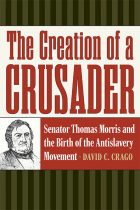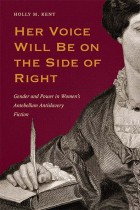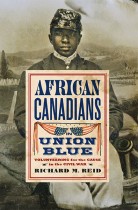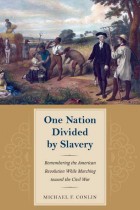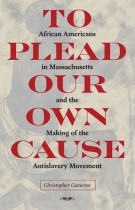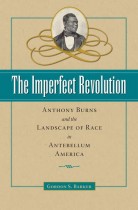The Radical Advocacy of Wendell Phillips
Peter Charles Hoffer | Filed under: American Abolitionism and Antislavery, Justice Studies, Recent Releases, U.S. History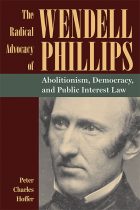
In this brisk, engaging exploration of 19th-century radical reformer and abolitionist Wendell Phillips, Peter Charles Hoffer makes the case that Phillips deserves credit as the nation’s first public interest lawyer, someone who led the antebellum crusade against slavery and championed First Amendment rights and equality for all Americans, including Black people and women.

